This Way Up for Saturday 23 January 2016
This Way Up Part 1
The Dorito Effect, causes of cancer, and repurposing old drugs for cancer treatment.
The Dorito Effect
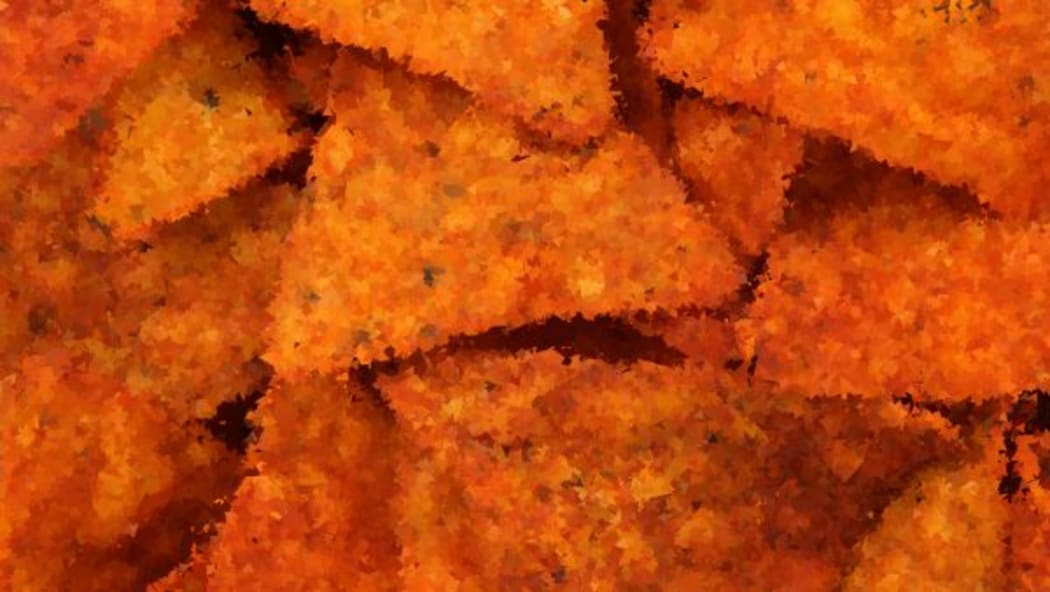
Photo: © 2013 SketchBot. Licensed under CC-BY.
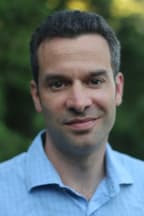
Wouldn't life be so much easier if healthy eating just meant seeking out foods with good flavour?
According to author Mark Schatzker that's how we survived in days gone by. Flavour is the key way to detect useful chemicals that we needed, like a GPS system for navigating our way to the food we required to stay healthy way before the arrival of processed foods.
In his book The Dorito Effect: The Surprising New Truth About Food and Flavor (Simon and Schuster) Schatzker looks at how the flavour of our food has changed, and how the food industry uses artificial flavourings to make us eat more.
Cancer - causes and treatments
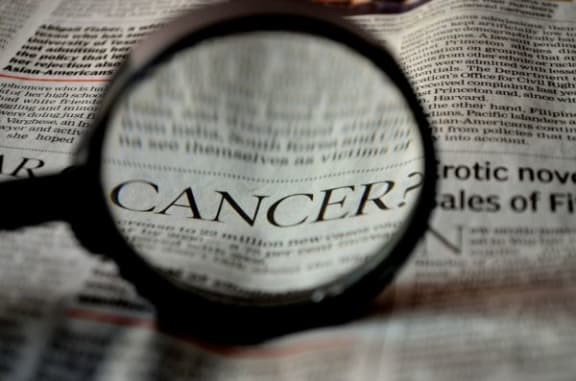
Cancer is New Zealand's single biggest cause of death, killing some 8,500 people each year, with more than 20,000 new cases reported annually.
Cancer affects us all – which is why a study published in the journal Science early in 2015 grabbed our attention. In it the authors said that most cancers aren't preventable and are simply a case of "bad luck".
Then just a few weeks ago a study published in the journal Nature contradicted the 'bad luck' theory finding that lifestyle and external factors like smoking and sunlight played a greater role in determining whether or not a person would get cancer than luck!
So what does cause cancer – does bad luck play a part or is it chiefly down to lifestyle choices and environmental factors? Sarah Allinson from Lancaster University has just reviewed the two studies.
Meanwhile Dr Pan Pantziarka of the ReDo Project is looking for new ways to treat cancer by repurposing old drugs. He has just published a study that reveals that diclofenac, an anti-inflammatory also known by the brand name Voltaren, has significant anti-cancer properties.
Simon Morton checks in with Sarah Allinson and Dr Pan Pantziarka.
Why most cancer isn't due to 'bad luck'
By Sarah Allinson, Senior Lecturer at Lancaster University
A study published in Science in early 2015 reported that most cancers aren’t preventable and are simply a case of “bad luck”. A year on, however, and a study published in Nature has come to the opposite conclusion: that external factors such as tobacco, sunlight and human papilloma virus play a greater part in whether or not a person gets cancer.
So what does cause cancer: bad luck, or avoidable lifestyle choices and environmental factors?
Why bad luck?
The “bad luck” study, by Tomasetti and Vogelstein from Johns Hopkins University, was based on two facts.
First, it is not the case that cancer is equally likely to occur in all the various organs and tissues of the body. Some cancers, such as colon cancer, are relatively common, while others, such as bone cancer, are much rarer for reasons that the study aimed to discover.
Second, various types of tissues have different numbers of dividing cells, called stem cells, which serve to replace cells that have become old or damaged. How often these divide varies depending on where in the body they are located and how often the cells need to be replaced.
According to one school of thought, cancer arises when stem cells go out of control.
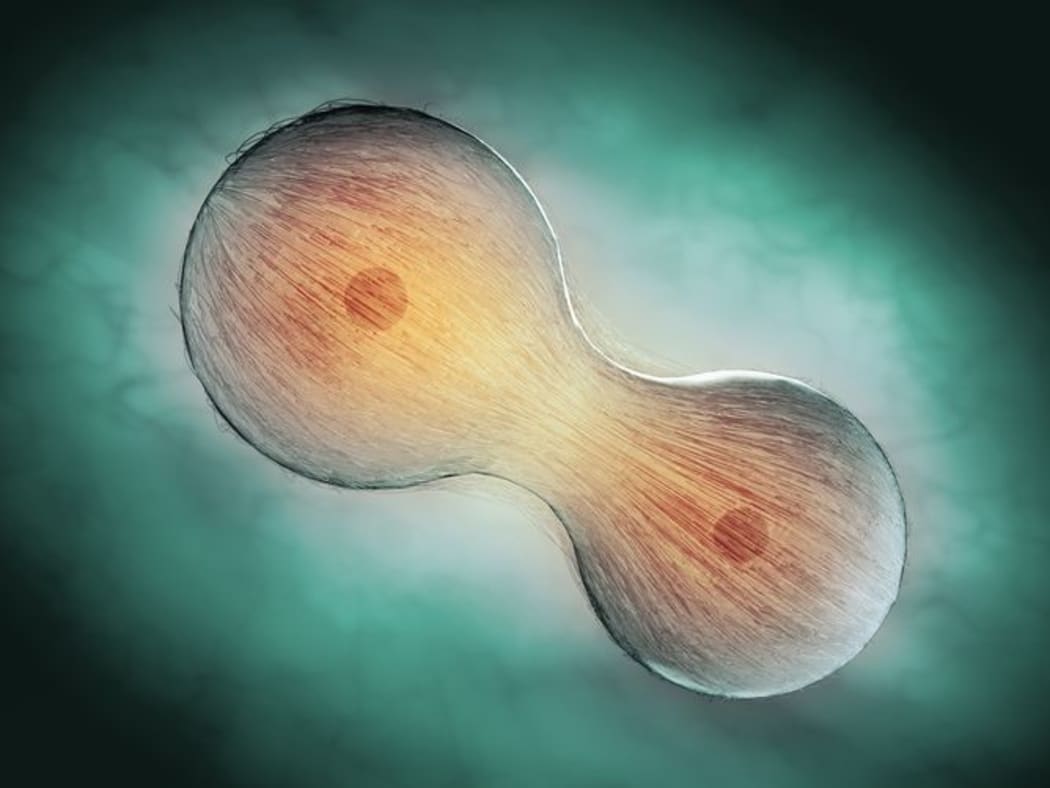
The more often a cell divides, the higher the risk of errors that could trigger cancer. Photo: Mopic/www.shutterstock.com
Every time a cell divides in two, it needs to make an accurate copy of its entire DNA. This copying process is usually accurate but mistakes can occur leading to spontaneous random mutations in the new cells. When mutations occur in genes that keep cell division under control, their tumour-suppressing job is prevented. The result is cancer.
Tomasetti and Vogelstein proposed that every time a cell divides the random inaccuracy in DNA copying could result in a cancer-causing mutation. If individual cells divide more frequently, or if there are more cells dividing overall, then there is an increased chance of such mutations occurring.
They looked at the behaviour of stem cells from various tissues, and in particular the number of stem cells and how often they divide in a human’s life. Based on how these numbers vary for different tissues, they inferred that the risk of developing a particular type of cancer was closely related to the number of times stem cells have divided in that tissue. This reflects the “intrinsic risk” that frequent DNA copying carries.
Why environment?
In the more recent study, researchers at Stony Brook University (SBU) in New York took another look at the data used by Tomasetti and Vogelstein. They noted that even when you take into account the total number of stem cell divisions, some cancers were still more likely to occur than others. More common cancers, they inferred, must have some additional external cause, such as the environment, lifestyle or genetic makeup.
When they re-analysed the data on this basis they found that for many cancers, including some of the most common ones, such as lung and liver cancers, less than 10% of the risk was traceable to random copying errors.
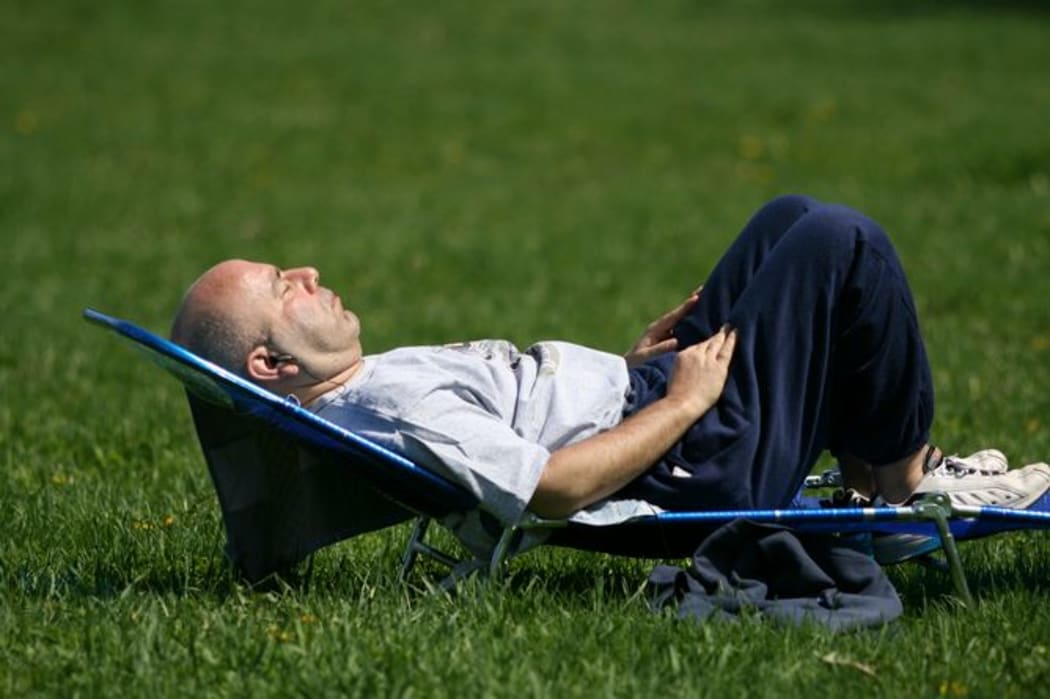
Lifestyle choices also influence the risk of cancer. Photo: Kerry Lannert/Flickr, CC BY
What to believe?
The two studies have some things in common but differ substantially in their estimates of how much intrinsic and extrinsic risks contribute to cancer. Notably, the SBU team have backed up their argument with evidence that wasn’t included in Tomasetti and Vogelstein’s study.
First of all, the SBU team highlight the vast array of evidence that points to a substantial contribution of environmental factors and lifestyle choices to cancer risk. For example, it’s well-known that colon cancer is comparatively rare in Japan but that Japanese immigrants in the USA and their descendants have an even higher risk of getting colon cancer than European Americans.
The SBU team also looked at the types of mutations that various cancers carry. Some mutations are seen more often in tumours from older patients. This fits with the “bad luck” model, where the key factors behind cancer occurrence are the errors that accumulate each time a cell divides.
However, cancers also contain many other types of mutations that can occur because of specific carcinogens, for instance, the sunlight-triggered mutations in skin cancer. How often these cancer-causing changes occur depends much more on the amount of exposure a person has to carcinogens, rather than on age.
Finally, they also showed that the known error rate for copying DNA is not high enough to be the sole determinant for the risk of developing the cancers both teams examined.
Although we know what causes some types of cancer – such as smoking causing lung cancer – in many cases it’s more complicated than finding one simple cause. We are only just teasing apart many of the factors involved. While chance has a role in determining who gets cancer and who does not, it’s very clear that lifestyle, environment and our genes can change the odds considerably.
This article was originally published on The Conversation. Read the original article here.
This Way Up Part 2
The modular laptop and technology news (Sky upgrade and Netflix VPN crackdown). Plus lazy ants and dirty Romans.
The modular laptop
There have been many attempts at bridging the digital divide – from free broadband to community computer programmes and recycled laptops.
One ambitious approach to tackling this problem was One Laptop per Child – Nicholas Negroponte's plan to put a US$100 laptop into the hands of some of the most disadvantaged people on the planet. So far there are three million of these machines in homes and schools around the world.
New Zealander Barry Vercoe was involved in the One Laptop Per Child project and he's now trying to put a low-cost modular laptop called INFINITY into classrooms closer to home. The beauty of the Infinity is that it can be taken apart and upgraded cheaply and easily at home – even by a child. No more costly upgrades; music to many parents' ears!
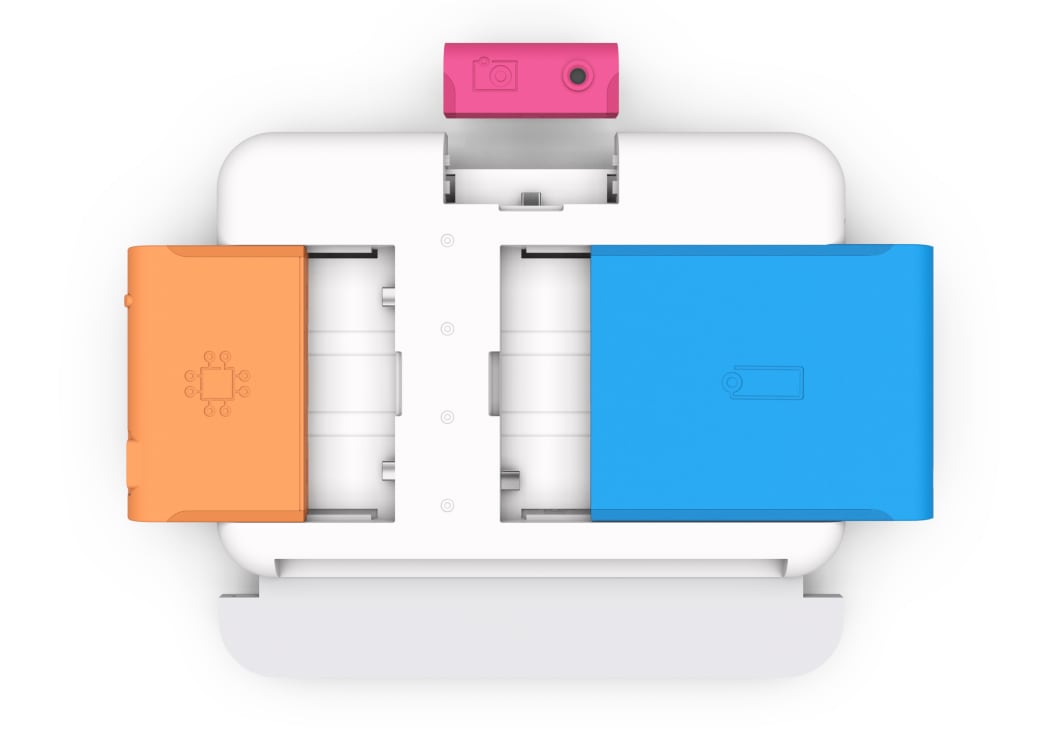
Infinity Modular Laptop Photo: supplied

Infinity charging rack Photo: supplied
Tech News: Sky upgrade and Netflix VPN crackdown
Technology news with Peter Griffin and the Sky upgrade gets mixed reviews, and Netflix threatens to crack down on the use of virtual private networks or VPNs.
Lazy ants

Photo: Faris Algosaibi / CC BY 2.0
Ants have got a reputation for being industrious insects with a good work ethic and a keen sense of community. But this reputation is inaccurate, according to Daniel Charbonneau of the University of Arizona.
He's studied ant colonies and found out that a good proportion of the ants he was observing were lying about and generally being lazy!
Dirty Romans

Roman latrines from Lepcis Magna in Libya Photo: Craig Taylor
The Ancient Romans are credited with many illustrious inventions and technological advances in medicine, engineering, culture and construction. Aqueducts, concrete, newspapers, book binding, tourniquets, dipping medical equipment in hot water to sterilise it, the modern calendar... all down to those clever Romans!
The Romans were also at the front of the curve with waste management and public sanitation. A network of public baths, latrines and sewers and drains sprang up – but how clean did this actually make them? Piers Mitchell from the University of Cambridge has discovered that the Roman obsession with cleanliness didn't necessarily translate into better health – rhey were still riddled with all manner of lice, nits, and worms!